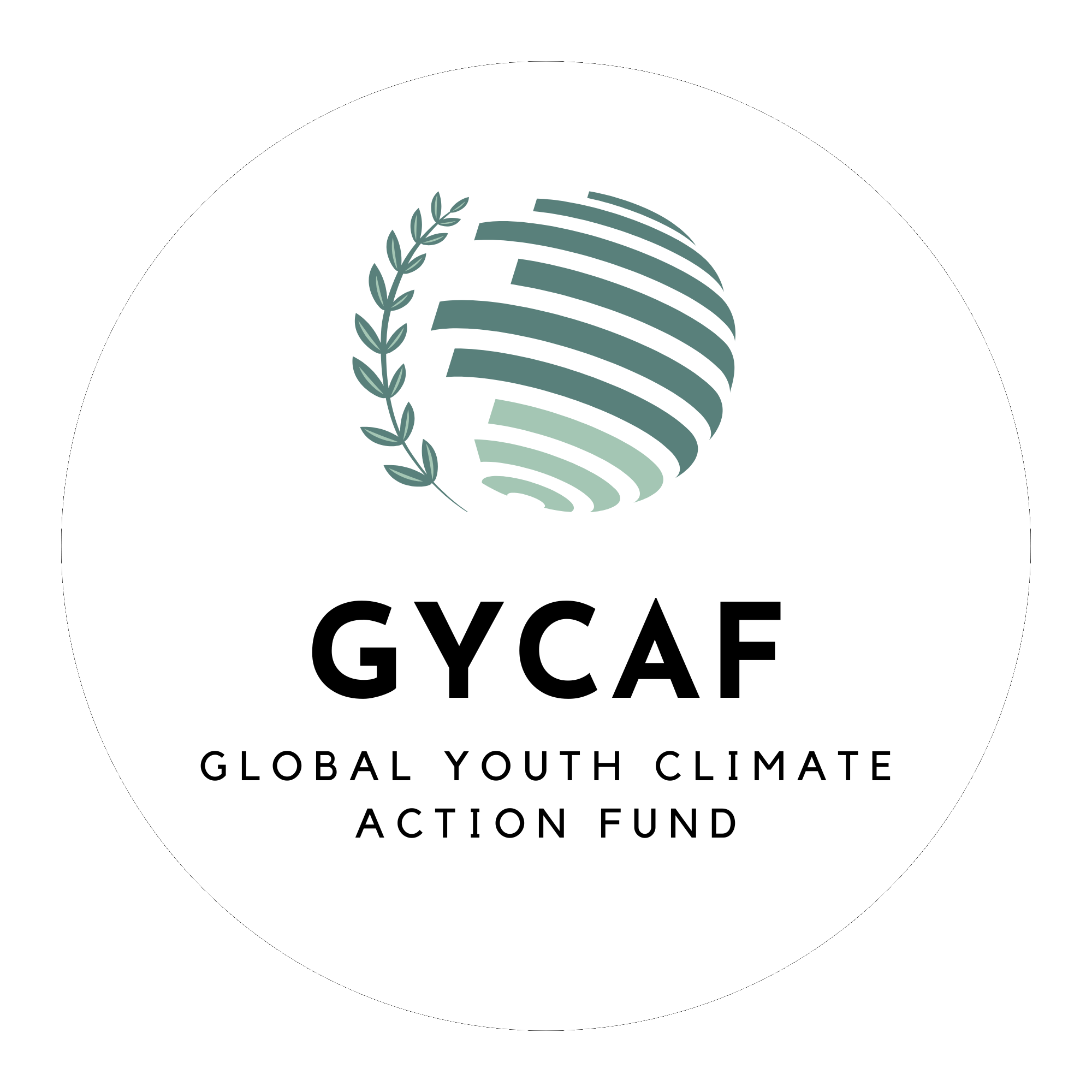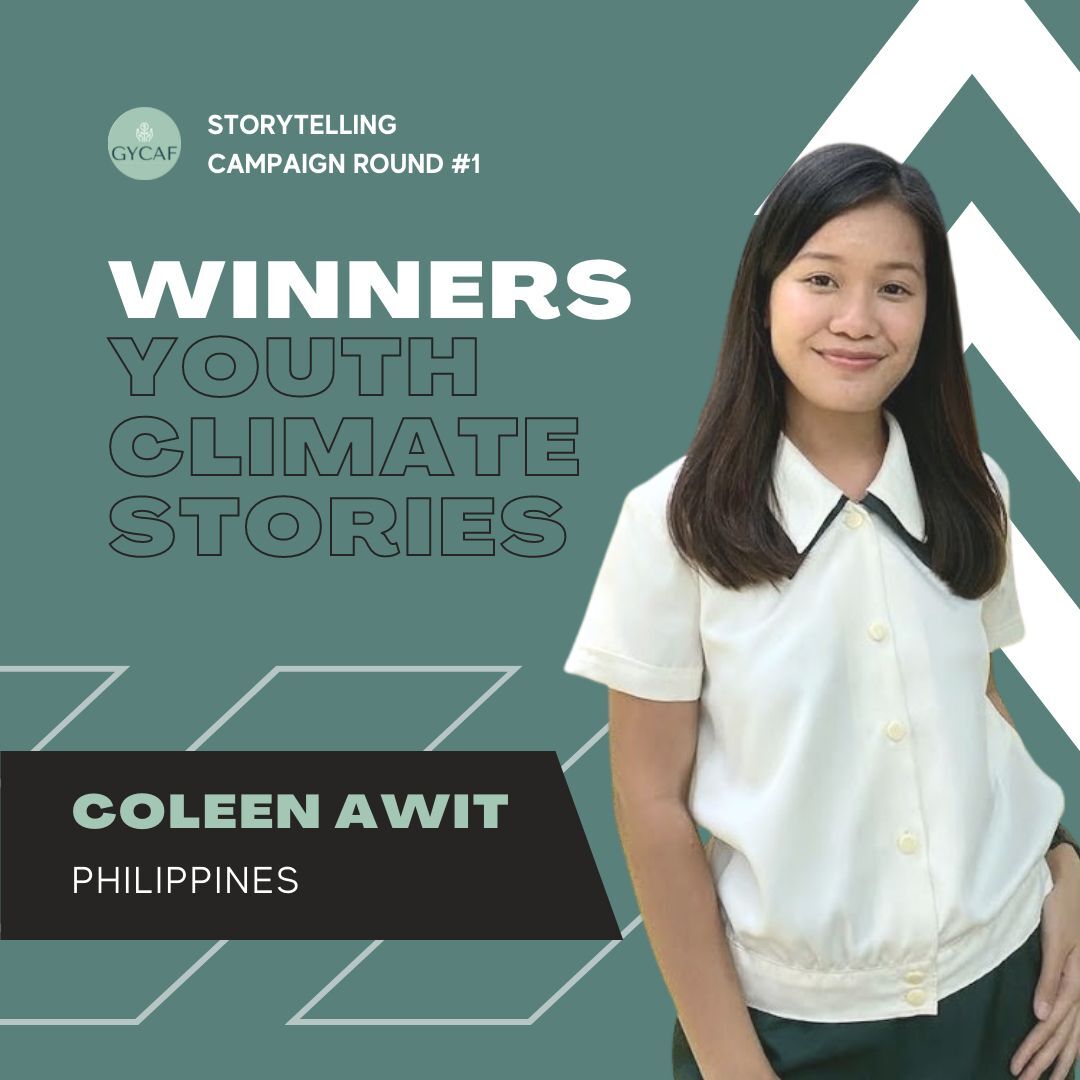Sagup Negros: Food Waste Mitigation Initiative
Bacolod City, Negros Occidental, Philippines
Every day, a truckload's worth of food waste is dumped in front of the Libertad Public Market in Bacolod City, Negros Occidental, Philippines. These are the unsold fruits, vegetables, and food from the stalls in the public market and the surrounding private establishments. The city garbage collector gathers roughly a ton of discarded and unsold food and products from the market every day. This situation has been further exacerbated with the onset of the COVID-19 pandemic.
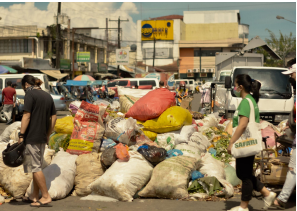
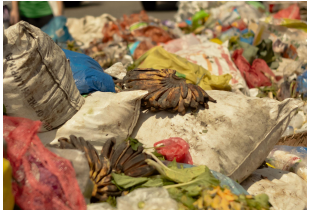
The Food and Agriculture Organization estimated that about 1.3 billion tons of food go to waste globally every year. Food is lost or wasted at every stage of the supply chain and fresh foods, such as fruits and vegetables, are among the most vulnerable. One of the most significant sources of food waste is drop-off centers or what we call 'Bagsakan' here in the Philippines. This is due to their high supply of perishable fruits and vegetables. While it has been an avenue to help our local farmers, it has also generated massive amounts of food waste.
In order to combat this food waste issue, together with our partner vendors, we started Sagup Negros. Sagup Negros aims to convert unsold market produce that would otherwise end up as food waste into food products for a community eatery, locally known as
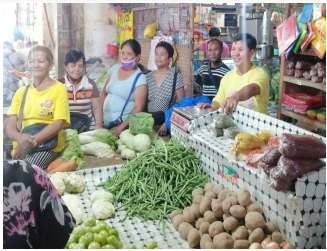
‘carinderia’. Sagup is a Hiligaynon term which means “to save” or “to rescue” and in this project, we seek to reduce the food waste generated daily in the local markets in Negros Occidental. While food waste is a growing issue, it is also an untapped opportunity. Aside from mitigating its environmental impacts, we also hope to provide income support to the local market vendors.
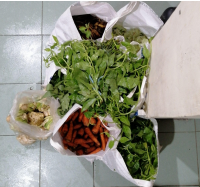
Sagup Negros has designed a model for food waste mitigation that relies on the collaboration of the team and the local market vendors. This model is composed of 4Cs— Computation, Collection, Carinderia, and Compost. Computation entails that the partnered market vendors regularly
compute and assess their products, especially those that can still be consumed but can't be sold anymore. The vendors then segregate the produce through 'Sagup bags' which the team has provided.
The second C involves the collection of the unsold produce from the partner market vendors. Volunteers bring the collected Sagup bags to the carinderia for the preparation and selling of the meals. The third C in the model represents the carinderia. A carinderia in the Philippines is a small food stall often seen in markets and roadsides
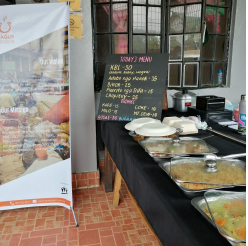
accessible to the common masses. The collected sagup bags is delivered to the carinderia for storage, preparation, and selling. With a large amount of produce left unsold from the stalls of the market vendors, the consumers might not buy it within the day. Vegetables such as carrots, lettuce, cabbage, squash, string beans, cucumber, leafy vegetables, and fruits such as different varieties of bananas and mangoes are being stored and preserved to be used in the next two (2) days. We have hired an unemployed mother to prepare the meals and manage the business's day-to-day operations. This model also considers the food left uneaten on customers' plates and segregated produce that is no longer consumable. Composting is the fourth C in the model, which is be the end station for products that can no longer be sold and consumed and from the unavoidable generated food waste in the carinderia. Sagup Negros does two types of composting, the bokashi and open pit composting. Bokashi composting is used for the cooked leftovers while the open pit composting is for the peelings and collected produce that are no longer safe for consumption. The generated organic compost will then be sold in the market in partnership with local agricultural products sellers. Through this model, the team aims to mitigate the generation of food waste from the partner market vendors by 100% and increase their income by 10%.
One of the contributing factors to the immense generation of food waste is also the lack of education, which significantly affects consumer behavior. Many people still don't know that food waste is a severe issue that poses a huge threat to our climate. The majority of today's consumers are not mindful of the waste they generate from food alone. Staying true to our advocacy to educate and empower others, one of the objectives of Sagup Negros: Food Waste Mitigation Initiative is to educate the locals of the province about food waste and sustainable consumption. The team conducts awareness campaigns online and onsite in partnership with schools, organizations, and local government units.
With its success, we aspire to replicate this model in other communities outside the Province of Negros to create a more sustainable society that can meet the needs of the people and the planet. Other non-government organizations, establishments, and institutions can also replicate the model in other countries, which will help in our pursuit of a more sustainable world.
